Use AI Tools to Quickly Create Product Images and Unlock a New Era of E-commerce Visual Marketing
 Pic Copilot Team
Pic Copilot TeamI. E-commerce Images: The Key to Attracting Attention and a Powerful Marketing Tool
In today's highly competitive e-commerce realm, product images serve as the linchpin for captivating consumers and a formidable asset in driving sales. A single alluring image can instantaneously seize the attention of potential buyers, stoking their purchasing impulses. Amidst the vast expanse of online merchandise, it acts as the gravitational force that compels shoppers to halt and explore further. Its influence on the ultimate buying decision is both profound and decisive.
II. The Advent of AI: A Revolution in Image Creation Efficiency
The swift march of technology has ushered in AI tools, heralding a paradigm shift in product image generation. These tools have dismantled the traditional, labor-intensive and time-consuming methods of image creation. Manual production was fraught with perils, demanding extensive time, hefty labor costs, and a high level of professional acumen. A minor misstep during shooting or post-processing could mar the final output. However, AI remove background, with their automated and intelligent faculties, can now fabricate top-notch product images in the blink of an eye, supercharging production efficiency. Let's spotlight pet supplies to illustrate the prowess of these tools.
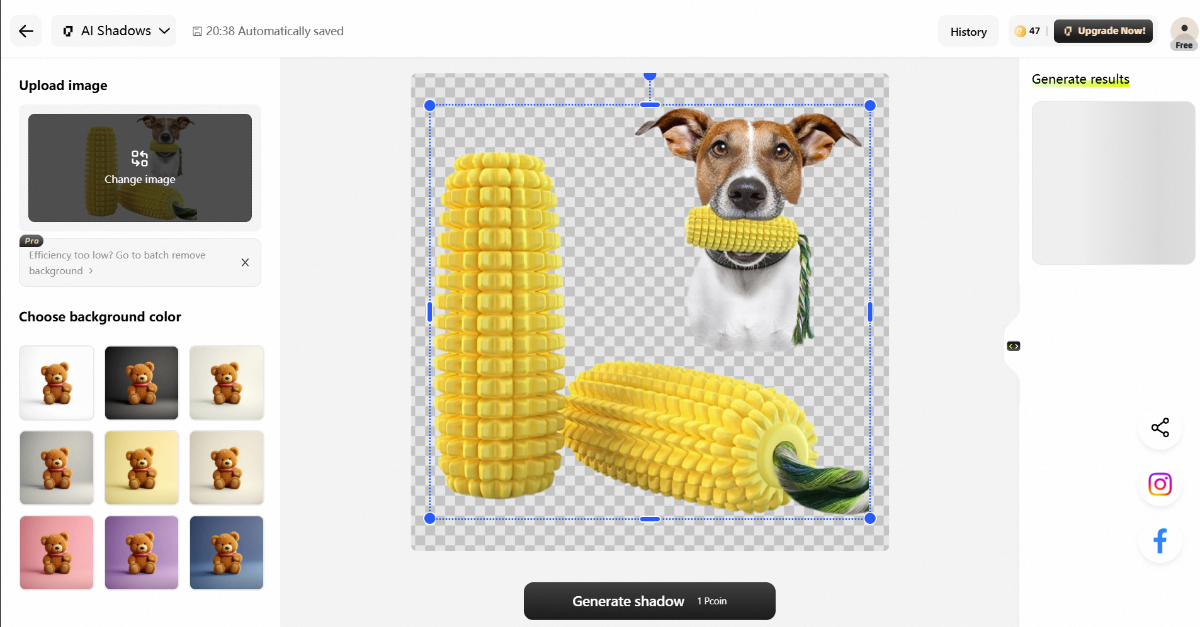
(I) Pet Toy Images: Capturing the Joyful Moments of Adorable Pets
In fashioning images for pet toys, the initial step involves a discerning selection of prime photo materials. These should artfully exhibit the toys' idiosyncratic forms and endearing features from diverse perspectives. Once imported into the AI tool, its astute cropping function trims the image to spotlight the toy, adjusting it to e-commerce display norms. A dash of stylization, perhaps a charming cartoon filter, endows the toy with an irresistible allure, aligning it with the buoyant aesthetic of pet products. Complemented by succinct text annotations highlighting unique design elements like jingling bells or playful ropes, consumers can swiftly grasp the product's selling points.
(II) Pet Supply Accessories Images: Visualizing the Tender Care
For accessories such as pet beds and feeding utensils, a similar yet distinct process unfolds. Images are chosen to accentuate the texture and practical design. The AI tool then eradicates any unsightly backgrounds, supplanting them with cozy, pet-centric scenes. Color optimization augments the visual charm, while creative embellishments like falling pet hair effects and paw print icons, paired with evocative text, convey the product's nurturing essence.
III. The Complete Guide to AI Image Creation: Step by Step to Create Masterpieces
(I) The Foundation of Preparation: Materials and Planning First
This precursor phase is non-negotiable. A meticulous collection of high-resolution, relevant image materials and precise text descriptors is essential. These should vividly and accurately encapsulate the pet supply's attributes and value proposition. Concurrently, a strategic vision for the image's style, be it minimalist, trendy, or nostalgic, must be charted, ensuring seamless alignment with the brand's identity. Moreover, clear marketing objectives, whether emphasizing functionality or evoking an emotional response, need to be defined.
(II) Importing Materials: Opening the Door to Intelligent Creation
When interfacing with the AI tool, a comprehension of its file format and size prerequisites is vital. This knowledge ensures a seamless import, paving the way for a fluid creative process.
(III) Image Refinement: Basic Processing to Demonstrate Quality
Once within the AI tool's domain, basic image manipulation commences. Automatic cropping surgically excises extraneous elements, centering the pet supply and conforming to platform dimensions. Color correction and optimization algorithms breathe life into the visuals, rendering them more vivid and true-to-life. Background processing, whether through erasure and replacement or virtual generation, imparts depth and narrative to the image.
(IV) Creative Enhancement: Special Effects and Decorations Adding the Finishing Touch
Subsequent to basic refinement, the creative augmentation stage unfolds. Thoughtful addition of natural lighting effects bestows a three-dimensional, tactile quality upon the pet supply. Text and icon integration, when executed with restraint and finesse, furnishes essential product details without clutter. The selection of an apt filter or stylization, attuned to the product's genre and target audience's predilections, imparts a unique aesthetic signature.
(V) Output of the Finished Product: Optimization and Export for a Perfect Ending
The denouement of the process entails image optimization and export. Here, the AI tool is harnessed to compress the image, safeguarding its visual integrity while adhering to e-commerce size stipulations. A nuanced understanding of diverse image formats and their export parameters guarantees a seamless display across a spectrum of devices and platforms.
IV. The Secrets of AI Image Creation: Tips and Taboos Coexist
(I) Truth Above All: Avoid Excessive Modification Leading to Falsehood
The cardinal principle of image creation is authenticity. While AI tools proffer a cornucopia of creative liberties, overindulgence can lead to a chasm between the image and the actual product. Such a disparity, when discovered by consumers upon receipt, can precipitate a catastrophic erosion of brand trust, inflicting lasting damage on the brand's reputation and long-term viability.
(II) Brand as the Guideline: Visual Unity Shapes the Brand Soul
The brand's identity serves as the lodestar in image creation. Every stylistic choice, from color palettes to font selections, must be in harmonious concordance with the brand's overarching ethos. This visual congruence forges a potent brand recognition, endowing it with a distinct and memorable presence in the market, and fostering consumer loyalty.
(III) Never Stop Learning: Exploration and Innovation Drive Growth
In the dynamic landscape of technological evolution, AI tools are in a perpetual state of flux. Continuous exploration and experimentation with their features and parameters, coupled with a vigilant eye on industry trends and nascent technologies, are the bedrock of creative advancement. This iterative learning process equips creators with the skills and aesthetic discernment necessary to craft exemplary pet supply images and propel the brand to success.
V. AI Empowers E-commerce to Soar: Changes and Prospects
The infusion of AI tools in pet supply image creation has been a game-changer for e-commerce. It has turbocharged operational efficiency, slashing the time from product photography to online listing. This agility empowers merchants to nimbly adapt to market vicissitudes and consumer demands. Those at the vanguard, leveraging AI to produce premium pet supply images, gain a competitive edge. These visually arresting images not only magnetize consumers but also curate a gratifying shopping experience, amplifying the merchant's market clout.
Looking forward, the horizon of AI in pet supply imaging is rife with potential. Anticipate more refined image recognition and generation technologies, and the convergence of AI with VR and AR. These advancements will unfurl novel opportunities and challenges for e-commerce. The astute merchants who proactively embrace and explore these frontiers will be poised to scale greater heights in the digital marketplace.
In summation, AI tools have unfurled a novel, efficient pathway for pet supply image creation. E-commerce practitioners would be remiss not to embrace this technological boon, mastering its nuances and integrating it into their marketing and business strategies. By doing so, they can chart a course towards a more prosperous and innovative e-commerce future.
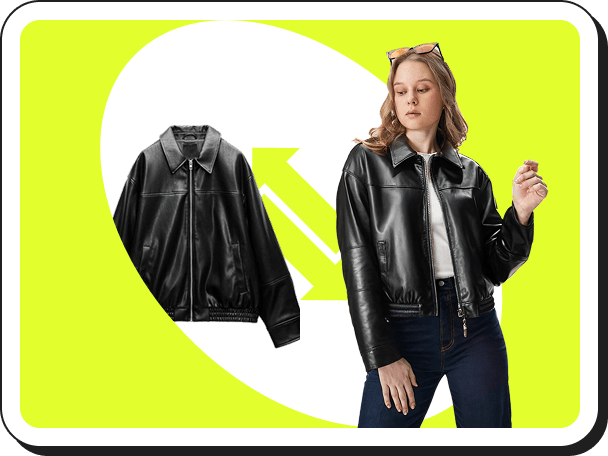 Virtual Try On
Virtual Try On AI Model Swap
AI Model Swap Fashion Reels
Fashion Reels Product Avatars
Product Avatars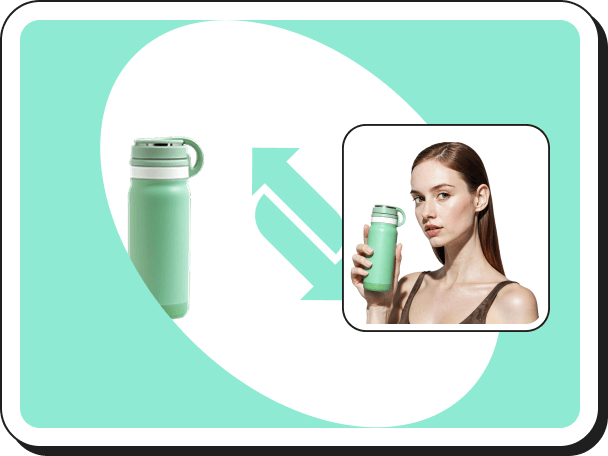 Product AnyShoot
Product AnyShoot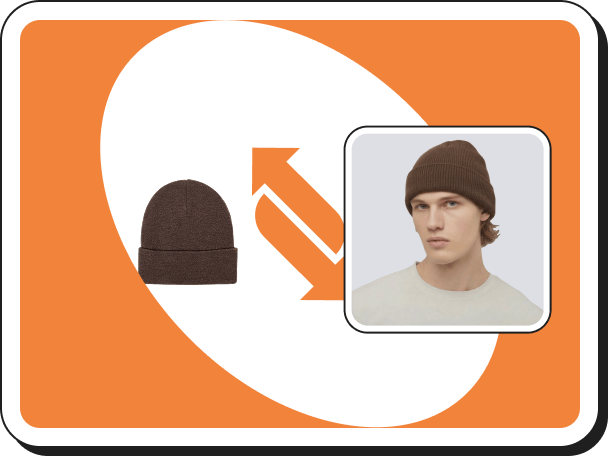 Virtual Try On Accessories
Virtual Try On Accessories AI Backgrounds
AI Backgrounds Style Clone
Style Clone Remove Watermark
Remove Watermark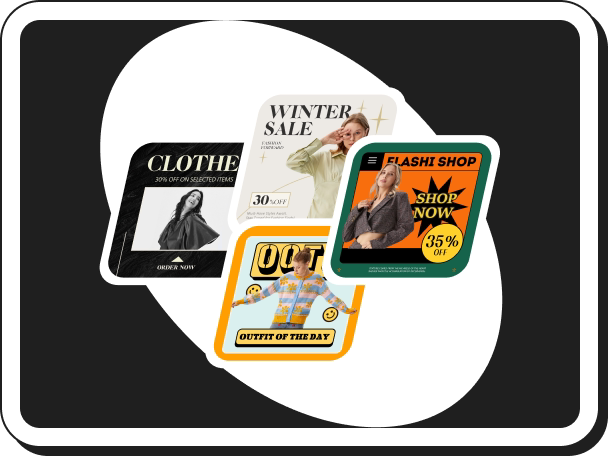 AI Templates
AI Templates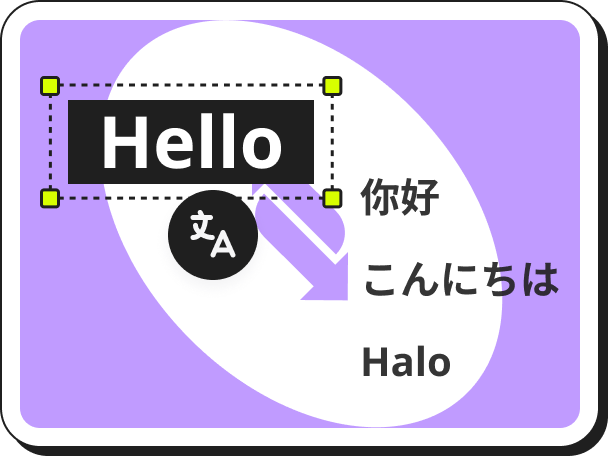 Image Translator
Image Translator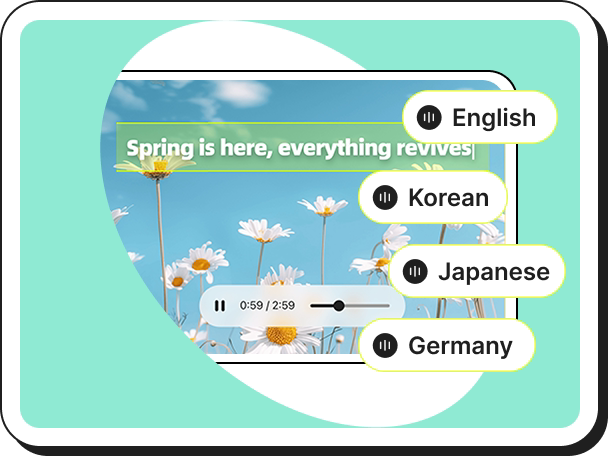 AI Dubbing
AI Dubbing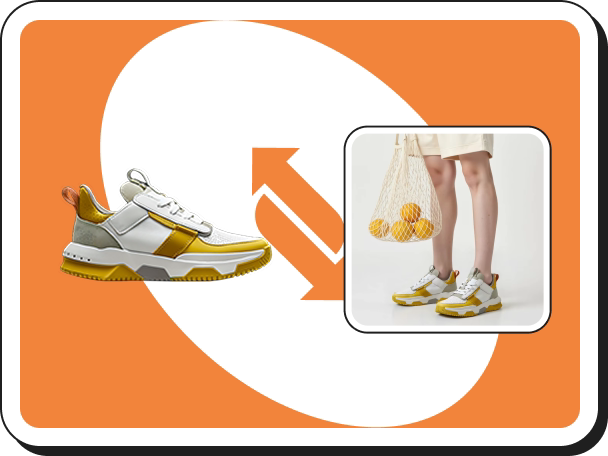 Virtual Try On Shoes
Virtual Try On Shoes AI Avatars
AI Avatars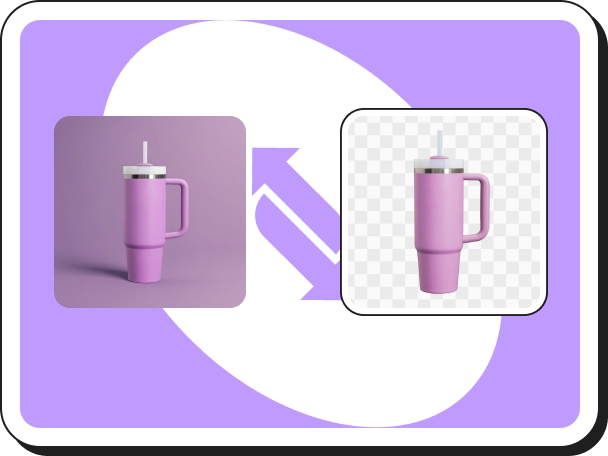 Background Remover
Background Remover AI Shadows
AI Shadows Image Upscaler
Image Upscaler Image Enhancer
Image Enhancer